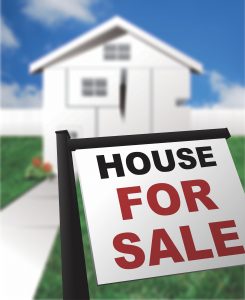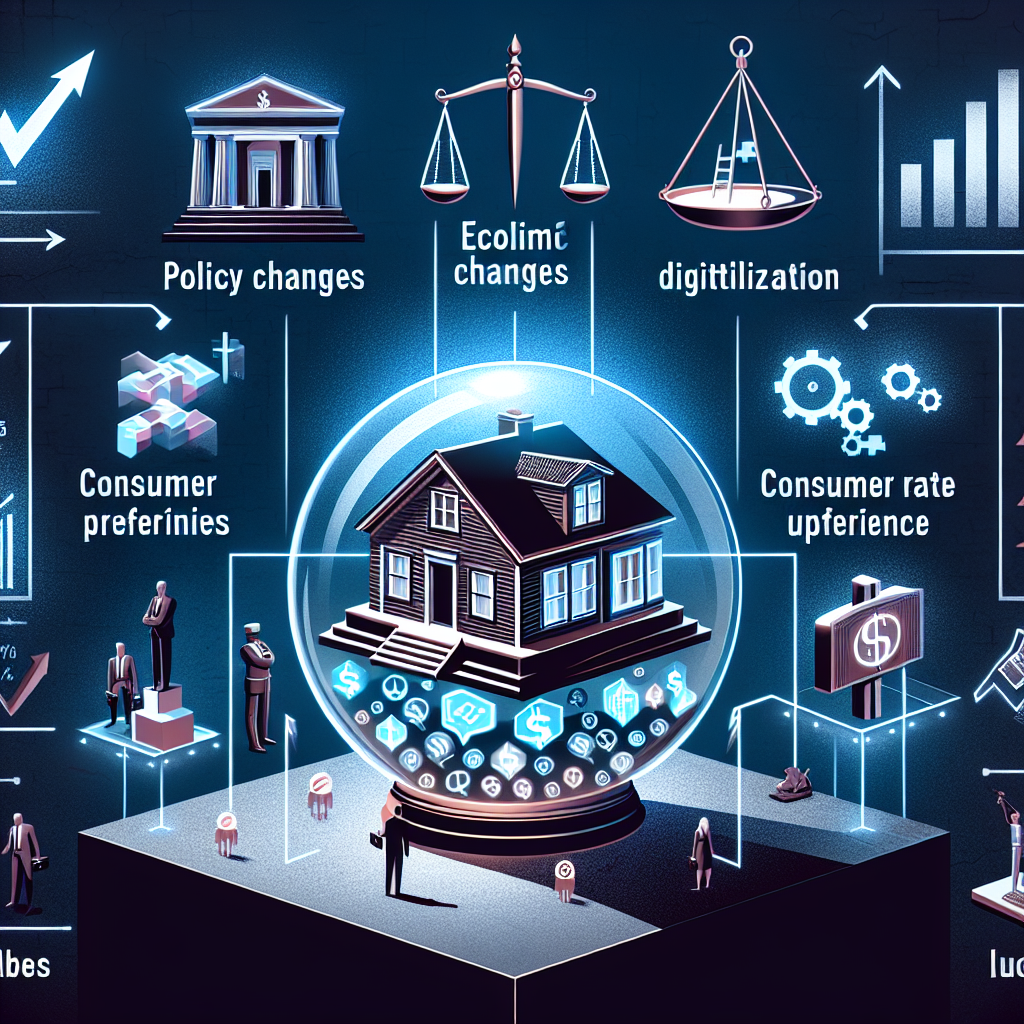August 2019 Potential Home Sales
- Potential existing-home sales increased to a 5.18 million seasonally adjusted annualized rate (SAAR), a 0.2% month-over-month increase.
- This represents a 54.2% increase from the market potential low point reached in February 1993.
- The market potential for existing-home sales declined by 1.9% compared to a year ago, a loss of 102,760 (SAAR) sales.
- Currently, potential existing-home sales is 1.55 million (SAAR), or 23.1% below the pre-recession peak of market potential, which occurred in March 2004.
Market Performance Gap
- The market for existing-home sales is marginally overperforming its potential by 0.8% or an estimated 41,519 (SAAR) sales.
- The market performance gap increased by an estimated 23,000 (SAAR) sales between July 2019 and August 2019.
Chief Economist Analysis: Housing Market Exceeds Potential in August
 “The housing market exceeded its potential in August 2019, as actual existing-home sales were 0.8% above the market’s potential. Housing market potential increased relative to last month, but declined 1.9% compared with August of last year,” said Mark Fleming, chief economist at First American. “While down compared with a year ago, existing-home sales have slightly outperformed market potential since February 2019, begging the question – how can existing-home sales exceed market potential?”
“The housing market exceeded its potential in August 2019, as actual existing-home sales were 0.8% above the market’s potential. Housing market potential increased relative to last month, but declined 1.9% compared with August of last year,” said Mark Fleming, chief economist at First American. “While down compared with a year ago, existing-home sales have slightly outperformed market potential since February 2019, begging the question – how can existing-home sales exceed market potential?”
What is Market Potential, Anyway?
“Potential gross domestic product (GDP) is the level of production the economy is capable of if its workforce is fully employed and its capital stock is fully utilized,” said Fleming. “In other words, the total capacity of a nation to produce goods and services. The difference between actual GDP and potential GDP is known as the output gap, which indicates how much the economy is overperforming or underperforming its potential.
“The concept behind potential home sales is very similar. Our Potential Home Sales Model measures what a healthy level of home sales should be based on a variety of economic, demographic and housing market metrics,” said Fleming. “The performance (output) gap indicates how much actual existing-home sales are over or underperforming market potential.”
Why Are Existing-Home Sales Outperforming Market Potential?
“In today’s real economy, real GDP is exceeding its potential, the unemployment rate is outperforming its potential or “natural” rate, and now existing-home sales are outperforming market potential,” said Fleming. “In other words, given the historical relationship between existing-home sales and population demographic data, homeowner tenure, house-buying power, house price trends and conditions in the financial market, the pace of existing-home sales is exceeding what we believe is fundamentally supported by the market. The main reason? Rising tenure length.
“While several forces are working to boost the market potential for existing-home sales, the low supply of homes for sale continues to hold market potential back."
Too Soon to Tell
“While actual existing-home sales have outperformed market potential for the last six months, the performance gap has been very small,” said Fleming. “When the actual level of existing-home sales is significantly above the market potential for home sales, the likelihood of a market correction increases.
“Today, the performance gap is not at the level that implies a possible market correction. In fact, there are signs that the market potential for existing-homes may begin to rise,” said Fleming. “The year-over-year growth in tenure length has been slowing since March of this year and it is conceivable that it could stabilize or even decline. Tenure length is largely the result of the rate ‘lock-in’ effect, and seniors aging in place.
“In the latest Freddie Mac weekly report of mortgage rates, the 30-year, fixed mortgage rate was 3.5%, approaching the lowest mortgage rate in history of 3.3%, which occurred in 2012. If mortgage rates remain this low or even fall further, more existing-home owners may be enticed to move as the rate ‘lock-in’ effect fades,” said Fleming.







